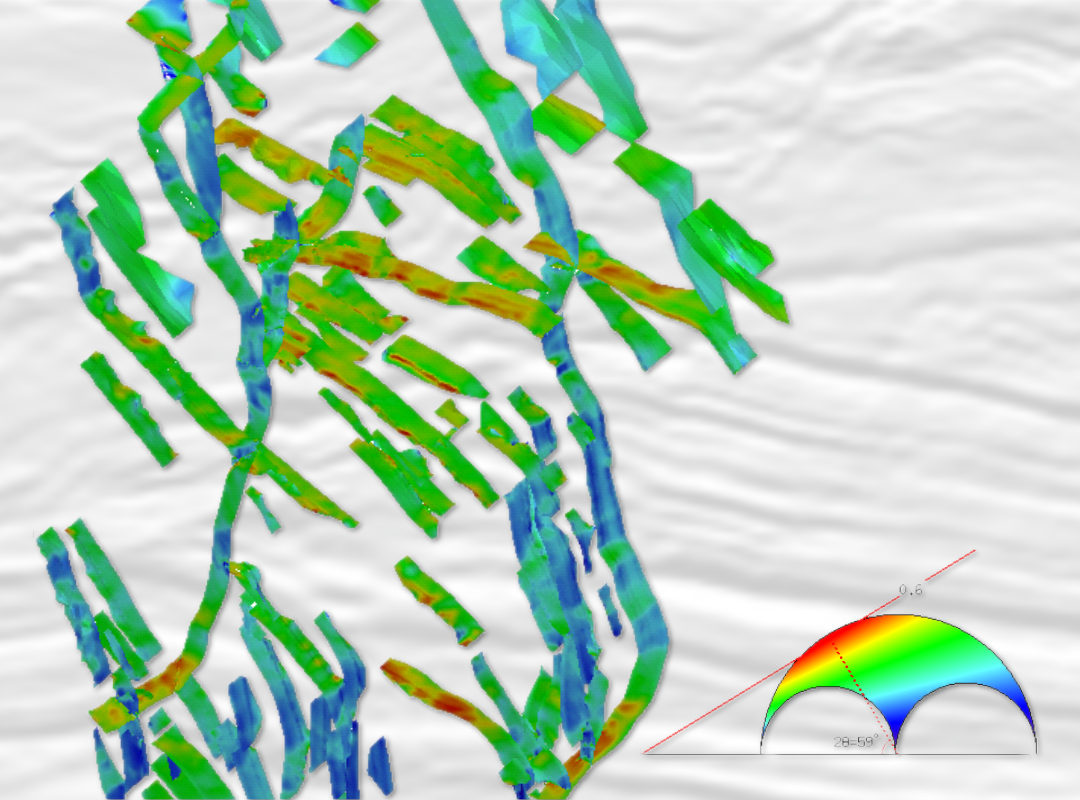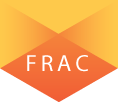Precision Software & Services for the Energy Industry
T7 FRAC
Whether your reservoir is known to be fractured or not, fractures often play a critical role in fluid flow. T7 FRAC provides powerful tools to identify fracture locations, orientations, and their impact on reservoir performance. Backed by years of industry experience and technical validation, FRAC enables confident analysis and modelling of fracture systems—delivering the insight needed for more accurate fluid flow prediction and field development planning.
T7 Fracture Prediction: A Mechanical Alternative to DFNs
T7 Fracture Prediction offers a powerful, mechanics-based alternative to traditional Discrete Fracture Networks (DFNs). By modelling fractures as a response to fault slip, salt movement, and regional strain, it predicts stress and strain perturbations around seismically mapped faults. At each reservoir observation point, key mechanical attributes—including fracture mode, orientation, and proxies for fracture density—are calculated. This delivers not only detailed fracture network orientation but also highlights zones of varying fracture density across the field. Additionally, the tool allows users to test different tectonic regimes and their impact on fault slip patterns, adding a valuable dimension to model validation and QC.

3D Stress Module: Fast, Insightful In-Situ Stress Analysis
T7’s 3D Stress Module simplifies in-situ stress analysis for well design, fault reactivation risk assessment, and identifying fluid-transmitting fracture orientations. Quickly generate stress and geomechanical plots for individual or multiple wells, and visualize slip tendency, slip stability on fault surfaces, and fracture stability on horizons—all within a multi-well 3D stress scenario. It’s a powerful, intuitive tool for optimizing subsurface planning and reducing geomechanical uncertainty.





